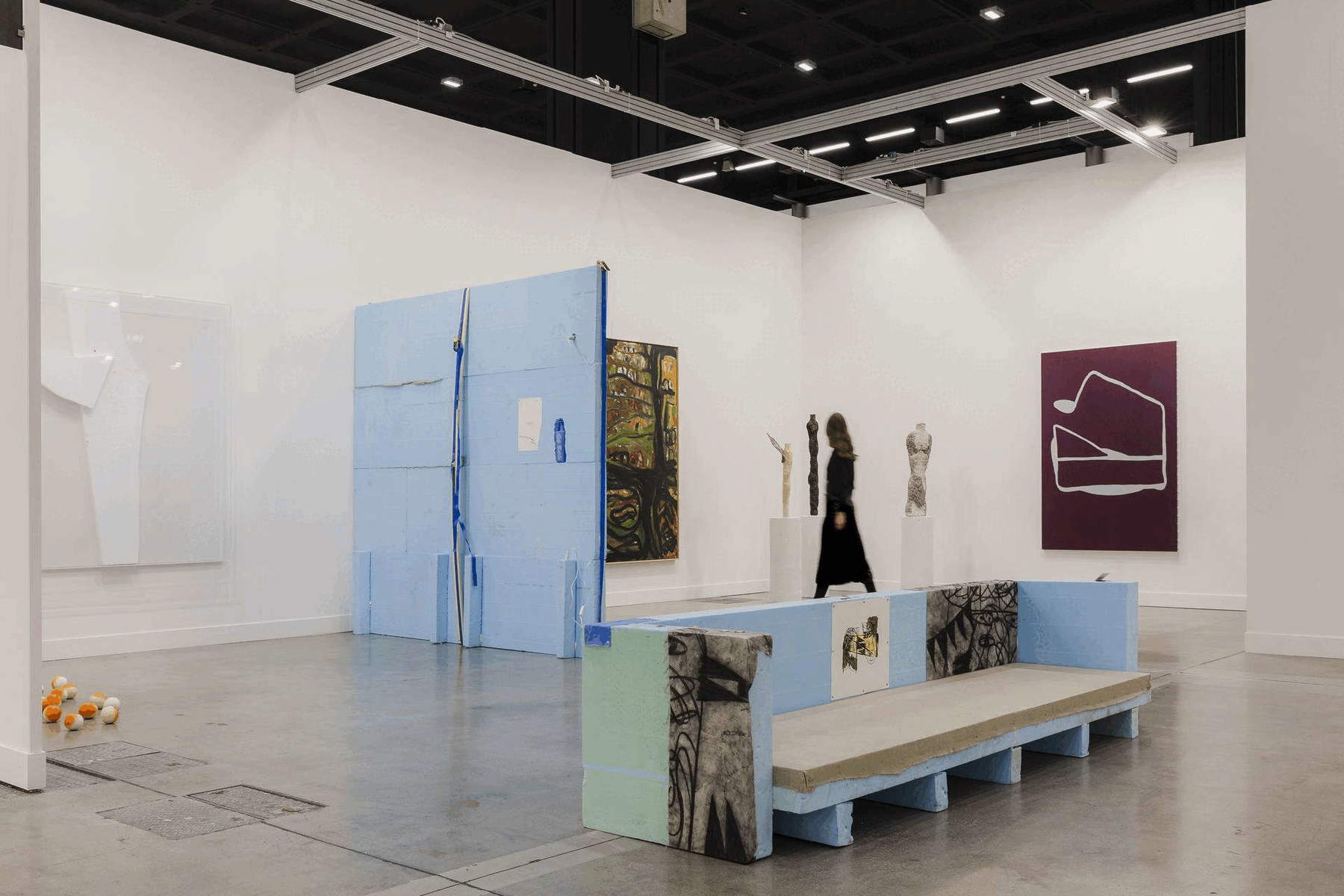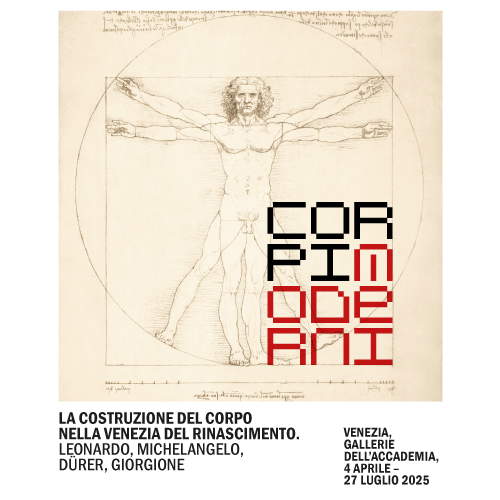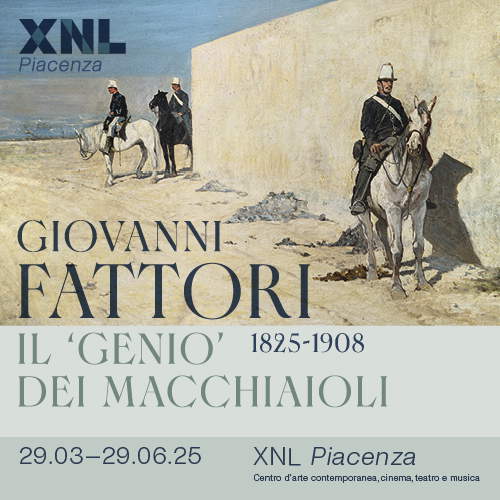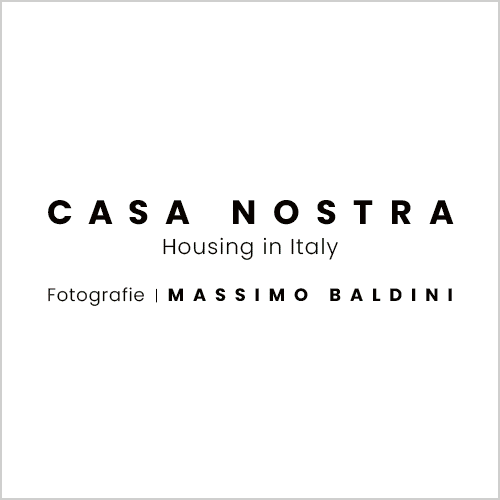Duties on artworks, galleries live in uncertainty. What they told us at Miart
Starting April 9, 2025, the United States will introduce a 20 percent tariff on a wide range of imports from the European Union. It’s one of the first muscular moves of Donald Trump’s second term, billed as an “economic liberation day,” but one that risks proving to be a low blow to many European cultural sectors, including art. A gesture more theatrical than strategic, but perhaps for that very reason more insidious. The mechanism is straightforward, but the implications are far from negligible: anyone in the United States who buys a work of art from the European Union will have to pay 20 percent more than the declared value, an immediate and uniform surcharge applied to every single import affected by the measure. A flat tax that, for a U.S. collector, can translate into tens of thousands of additional dollars on works whose value is often as subjective as it is volatile. And in a context in which even a slight fluctuation can jeopardize an acquisition, this markup is by no means insignificant, but it is the kind of detail that is enough to blur a deal, cool a negotiation, freeze a business relationship.
The central issue, the one that no one can afford to ignore (and that so many, with extraordinary discipline, continue to ignore) is the specific weight of the U.S. market, which alone accounts for 42 percent of the entire global art market (as stated in an article in The Art Newspaper, from December 2024), with New York playing the role of absolute center of gravity for collecting and major international auctions. It is there that today values, careers, critical and economic fortunes are decided, and all European artists who fail to enter the United States remain peripheral to the center of the market; and, by extension, galleries that do not export across the Atlantic, lateral. In this scenario, the duties are not a technical detail, nor a bureaucratic stumble, but a direct blow to an already weakened ecosystem, especially in Italy, where the structural fragility of the sector makes each shock more violent.
According to Artnet, many dealers fear a domino effect: fewer sales, less visibility, less economic sustainability for the artists represented. Artsy calls the whole situation “a systemic threat to the European secondary market.” Compensatory measures are already being discussed in France and Germany.
And in Italy? Miart 2025 offered us the opportunity to sound out the opinions of Italian galleries. One question: “How do you deal with the introduction of U.S. duties?” The idea is that many gallerists have no plans, or believe they are not necessary. The topic is complex, yet it seems that in many cases there is unpreparedness at the base, because there are several gallerists who are not clear even if the duty is already active, or what it will affect. Some cannot distinguish between duty, VAT and insurance costs. Others simply haven’t had time to think about it yet. One gallery owner says she is not sure if art is among the products affected. It is. This is not an assumption: it is stated in official United States Trade Representative (USTR ) documents dated April 2, 2025, and confirmed by the Artsy piataforma, which points out that “the art market, while not the direct target of tariffs, is one of the sectors most immediately affected,” especially because of the fragile and interconnected nature of its international dynamics. And it is curious that this detail is often not known among the stands of a fair that is supposed to represent the excellence of the Italian market.
“We’ll see, it’s all still in the making.” Many people say that. It sounds like caution, it is a phrase that many utter in order not to get off the hook, as if the matter is not important. Others, however, trivialize, with a sometimes resigned and distracted tone, as if there is nothing to be said about a tax that will affect the sustainability of galleries exporting to the United States: “Yes, yes. Are the duties there? So what?” Some, on the other hand, envision solutions coming from the public: “There is always a state to get some work through,” says one of the gallerists present at Miart. Still others navigate by sight. It has to be said that, here, the galleries that have a structured relationship with the American market are not many, and those that do export, in most cases, do so in a piecemeal way and without a real plan. Some are smiling, some are skittish, some are glossing over, and many seem to have no very clear ideas.

For some, one solution might be to seek some form of mitigation by raising VAT on artworks from 22 percent to 5 percent: this is the battle that galleries have been fighting for months. We enter the Bottegantica booth and ask if the introduction of the duty will change their strategy. They answer, “We have to adapt. We hope we can withstand the shock wave. Maybe with the 5 percent VAT we could compensate. Otherwise, we don’t see great solutions.” Then there are those who rely on a certain philosophy of waiting. At the Tornabuoni Arte gallery, veterans of Art Basel Hong Kong, they prefer to suspend judgment, lighten the tone and try to be optimistic, even in uncertainty. Michele Casamonti, of the Florentine gallery, tells us, “We just got back from Hong Kong, where we sold to collectors in the Far East. This worries us a little less, because being present in multiple markets makes you less vulnerable. It is sorry, though, because we come from Florence, and the American tourist is the most beloved, really valuable.”
Mario Cristiani, of Galleria Continua, who responds with genuine sincerity, like someone trying to piece together scraps of logic in a confusing universe. On the issue, according to him, it should be the government to provide clarity, to provide countermeasures to mitigate the consequences of the duties. “I think yes, that there will be an impact,” he replies. “Already at the Hong Kong fair we sold a work to U.S. collectors, and now with a 20 percent duty it will be a problem.” When I ask him if they have already planned countermeasures, he tries to lighten up: “We don’t, the government should take care of it.... I hope it will take pity on us.” Then he adds, “If, first of all, it would reduce VAT, it would at least favor us to keep the customers we have in Italy.” And finally, with a simplicity that restores the real sense of helplessness in the face of the measure decided by the Trump administration, “We are at the mercy of the waves. They make the decisions, we are left with the consequences. It is a short-sighted, senseless measure that ends up affecting even those who have no voice. But so be it: we, in the meantime, can only cash in and hope it will pass.”
Sarzana’s Cardelli and Fontana Gallery conveys the sense of disquiet that is common to so many galleries: “We are all a bit stunned and worried, certainly. The climate is unstable, and economic uncertainty weighs. We are worried, yes. More than about the duty itself, about everything it triggers: hesitation, caution, a brake on purchases. Already the 22 percent VAT puts us in a bind. If now a collector also has an export business and starts to do the math, it is easy for him to decide to stop, to postpone. And every postponement is a missed opportunity.” A sincere, direct testimony, and precisely for this reason valuable, because it returns the real bewilderment of those who live the present of the Italian system, without filters or circumstantial optimism. An honest warning sign that deserves attention.
Then, a few booths later, comes a voice that examines the situation from another point of view. Raffaella Caruso, of the Eidos Gallery, gets straight to the point, with the clarity of someone who knows the industry well and has long since stopped skirting around it: “The talk of duties changes little. The real problem is internal: a cumbersome regulatory system, anachronistic ministerial practices, certificates of free movement that seem to come out of another century. So much for competitiveness: the Italian system is limping even before it gets to customs.” His is a systemic critique, starting from the grassroots, telling of the impossibility of operating with continuity in the Italian system. “We had a satellite exhibition at Art Basel Hong Kong, but we got stuck. Too much bureaucracy, too many complications. At a certain point you give up. You ask yourself: who makes me do it?” Caruso also touches on a crucial and too often unspoken point: the issue of value perception. Italian artists, he says, are already undervalued at home, and outside they are irrelevant. “A young Italian artist sold for 5,000 euros in the U.S. is not even considered. If the quotations don’t align, they remain invisible.” His view is among the few who see reality in the face: before U.S. duties, there is a systemic crisis, and a duty, however impactful, is just the last straw in a pot that has been overflowing for years.
Meanwhile, still others propose generic, vague solutions, putting everything off to an indefinite “then we’ll see.” The answers pile up, one after the other, and become a choral tale of an Italian art market that, for the moment, lives in uncertainty, does not know how to respond, how to think itself, how to project itself out. With some exceptions, a scenario emerges that does not seem to have a strong vision, and in some cases certain gallery owners do not even seem to possess, at least for the moment, the tools to elaborate it. There are those who say, with an almost disarming candor, that they haven’t thought about it at all: “We haven’t thought about anything. We really haven’t. These are confusing days. We’re trying to figure out if this is really going to affect us or if we can avoid it,” one gallerist tells us. Others tell of having just returned from international fairs, such as the aforementioned Art Basel Hong Kong, but they do so with the tone of those who already feel sheltered because sales went well. Still others put their hands out trying to be reassuring: “Duties are background noise. Art is also a safe haven asset. We are not overly concerned about it.” Some vent optimism and hope: “Maybe everything will be fine in six months.”
There is a perception that many galleries exhibiting in the Italian fair that wants to endow itself with the most international patina have stopped thinking of themselves as part of a global market, perhaps with the belief, unconscious or perhaps just already resigned, that it is too late to learn to swim.
Yet, the very fact that many live with relief at not being linked to the United States tells of Italy’s marginality in the global contemporary art market, tells of fear, disinterest, renunciation, and above all brings out the idea of a country that, despite being among the world’s leading exporters of its excellence, struggles with art, despite having the credentials to do so.
“At the end of the day, art is beautiful, but for many people it’s all about what it’s worth,” says a gallery owner as we conclude the tour. “And the duty is an added expense.” That almost sounds like a confession.
As international stock exchanges falter and large U.S. operators begin to recalibrate imports, many Italian galleries have yet to open a serious internal discussion on the subject. Involved in the battle over reduced VAT, they speak of uncertain times, and on duties they seem to have not yet worked out a vision. It must be said, however, that the Italian system, between opaque regulations, disincentivizing bureaucracies and almost absent institutional support, does not have much to offer when it comes to real tools or incentives to deal with an increasingly selective global scene. In this context, even the most virtuous realities are trudging along, while the others resign themselves.
There is, finally, a bitter conclusion, which concerns the recognition abroad of Italian artists and which leaks from the words of Ciro Tonelli, of the Tonelli Gallery in Milan. “As far as the export of works by predominantly Italian artists is concerned, those that constitute the core of our work, it is inevitable to admit that the introduction of duties will end up further limiting their circulation. A discreet but profound damage, which will not make a sound, but will be felt very much.” There are those who, finally, challenge us. The last gallery owner we heard tells us, “If you have found a solution, tell us. We are still looking for it.” And if the solution will not be found? Will it sink in style, amid laughter and toasts? Or will lifeboats be found?
Warning: the translation into English of the original Italian article was created using automatic tools. We undertake to review all articles, but we do not guarantee the total absence of inaccuracies in the translation due to the program. You can find the original by clicking on the ITA button. If you find any mistake,please contact us.





























